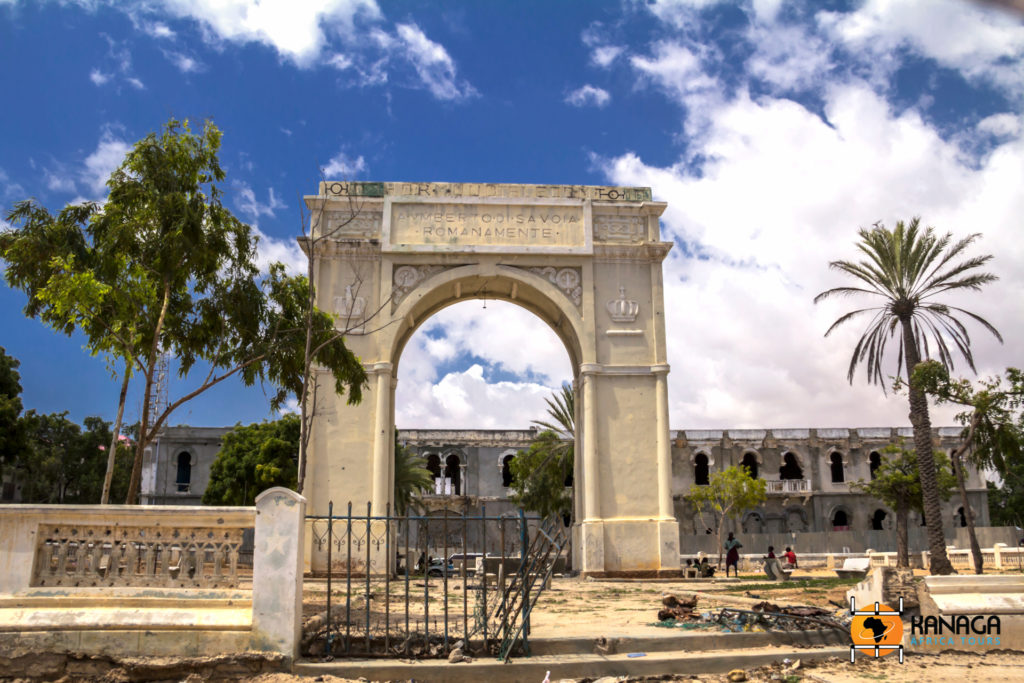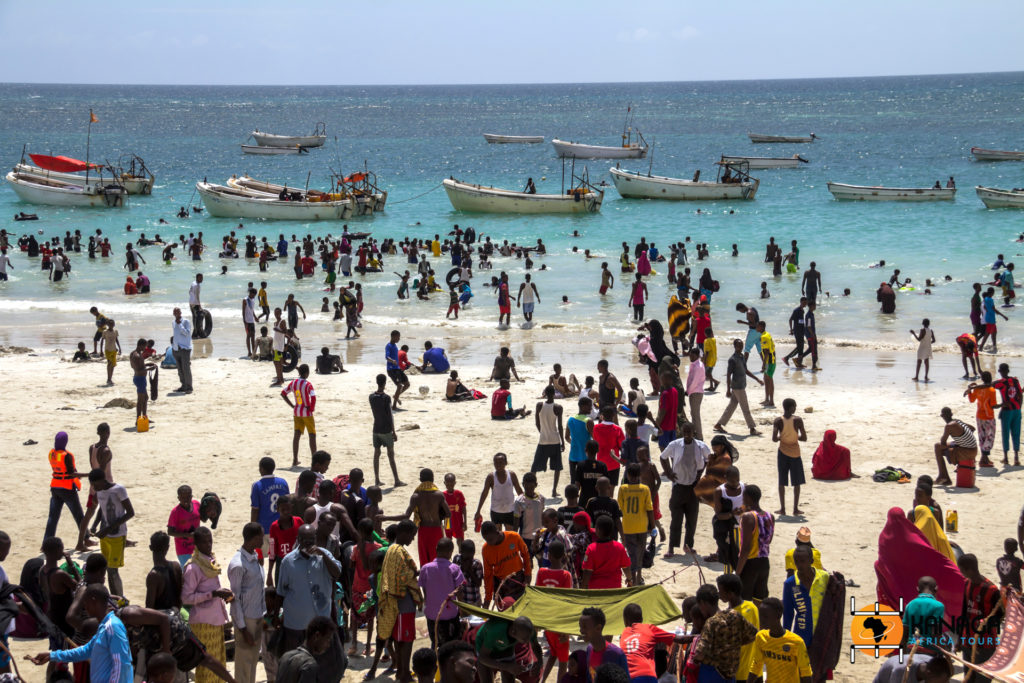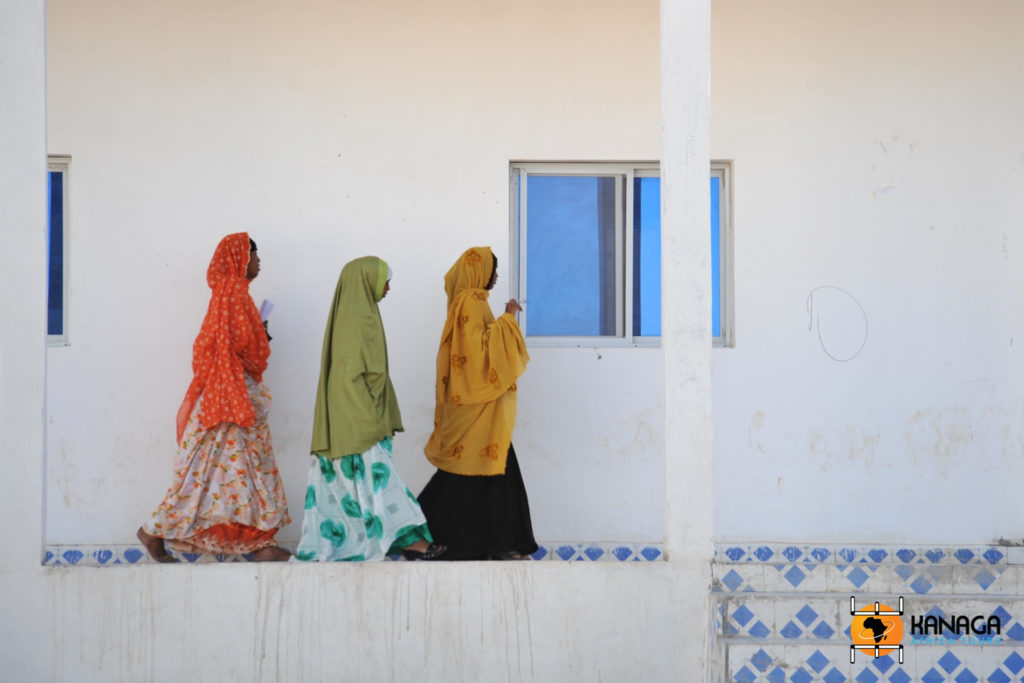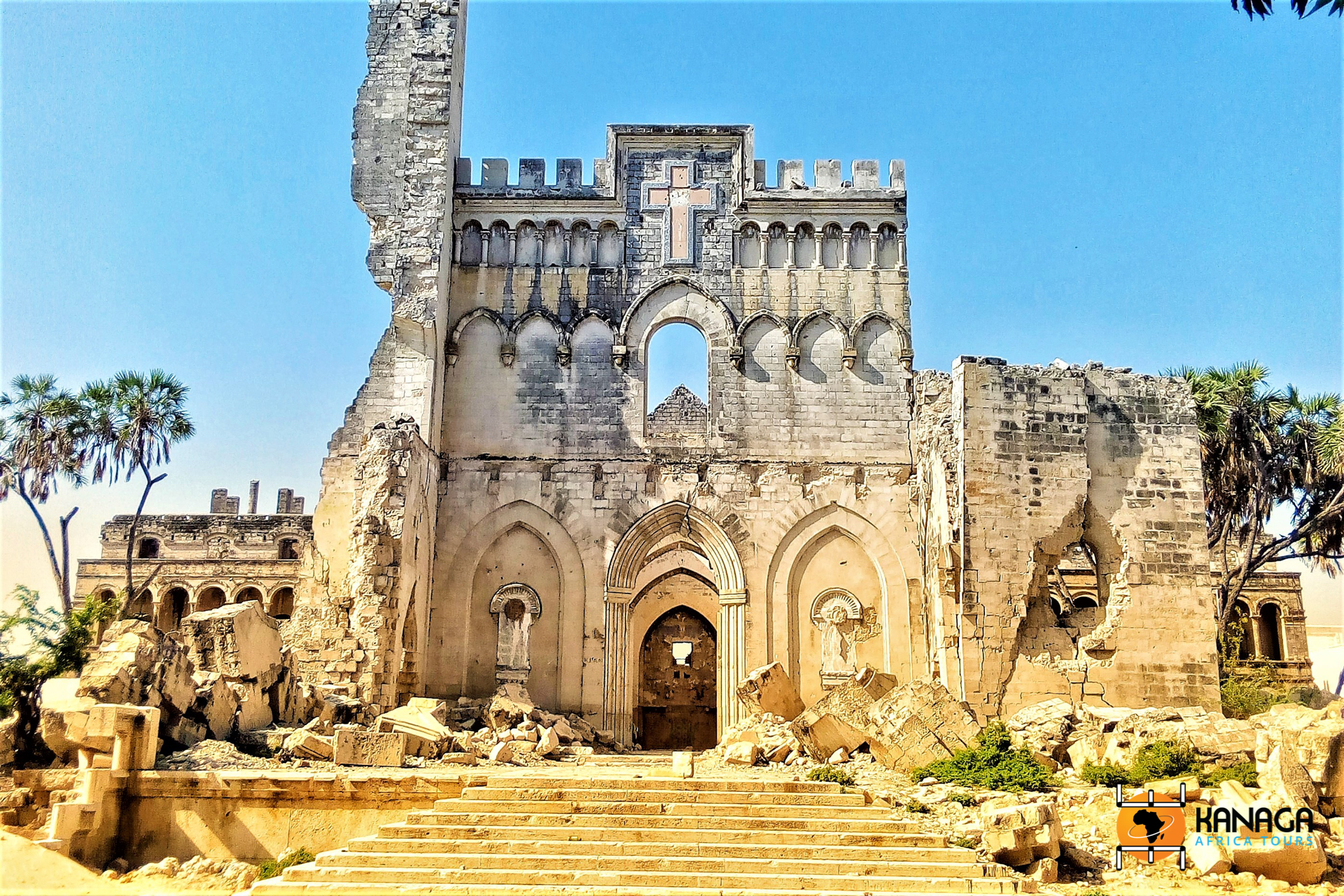In the 14th century, Mogadishu appeared as one of the most beautiful and flourishing cities in the Horn of Africa, rich in urban decorum, luxurious palaces and characteristic neighbourhoods, built with typical madreporic rock and mangrove lintels, in a style similar to that of Zanzibar. The inhabitants were courteous and fond of the good life, as well as “good eaters”.
This is how the great Moroccan traveller Ibn Battuta described it in 1331.
Mogadishu’s roots lie in the ancient trading harbour of Sarapion, later monopolised by Arab-Persian merchants who founded the new medieval capital there in the 10th century, giving new input to the economy of what came to be known as Mogadishu. A bridge between Africa, the Arabian Peninsula, the Indies and China, its splendour reached its zenith around the 15th/6th century, under the local Muzzafar Sultan dynasty, despite repeated Portuguese attacks. It is precisely from Vasco de Gama that we get another interesting description in 1499, giving us the image of a modern city with four towers and numerous stone buildings of several storeys.
Thanks to the trade in iron, ivory, ebony and sandalwood, the riches were poured into great works and monuments, such as the many imposing mosques that still characterise the urban profile. In the 19th century, it was annexed to the Zanzibar Sultanate, before becoming an Italian colony and finally coming under British control. A troubled history that has not yet abandoned it completely, is that of the last 30 years, during which the “Warlords” have almost entirely destroyed its urbanistic memory, to tell the truth already undermined by an intrusive Italian town-planning scheme in the 1930s, with the loss of a considerable part of its ancient quarters, but with the planning of some interesting works.
Today, Mogadishu looks like a collection of ruins, only partially restored, through which one can barely glimpse its former glory. But like the Phoenix, the city wants, now more than ever, to rise from its own ashes. Its face overlooking the marvellous waters of the Indian Ocean is immediately recognisable from the Portuguese Tower (actually built in the 1940s) and the Almnara Lighthouse, an ancient stone tower dating from the 15th century, which has been remodelled several times, and which anticipates the historic quarters of Shingaani and Hamarweyne, built between the 10th and 14th centuries. From the former, goods destined for international trade passed through, from the latter, goods destined for the domestic market, such as livestock and textiles. The Garesa, the fortified palace of the Zanzibar Sultan, acted as a dividing line between the two neighbourhoods, which the Italian town plan wanted to unify. Although the urban fabric was partially distorted, Italian architects were more respectful of the style of the colonial buildings, inspired by the traditional architecture of the Benaadir region, as in the Hotel Croce del Sud by architect Rava, now converted into a shopping centre, or the monumental Governor’s Palace with its Islamic windows, now lost. However, the two triumphal arches dedicated to Umberto I and the skeleton of the beautiful neo-Norman cathedral, designed in 1928 to enrich the city’s skyline, dominated by the ancient 13th-century minarets of Jaamac Hamarweyne and Fakhreddin, have survived.
Despite its deep wounds, white Mogadishu tries to look to the future, amidst the teeming activities of the Bakaara Market, the turquoise inlets where quintals of fish are unloaded every day, destined for the city’s characteristic fish market. The profile flooded with white light of the imposing Mosque of Islamic Solidarity, the Obelisk that towers over the Tomb of the Unknown Soldier and the marvellous Jazeera and Secondo Lido Beaches, which at weekends welcome all the bursting desire to turn over a new leaf of the Benaadiri, eager to forget the sad memory of the Battle of Mogadishu in 1993, a tragic event of which the memory remains, with the carcass of an American helicopter, a Black Hawk Down, that has never been removed.







